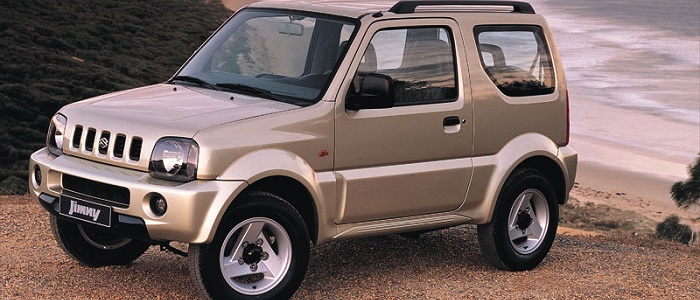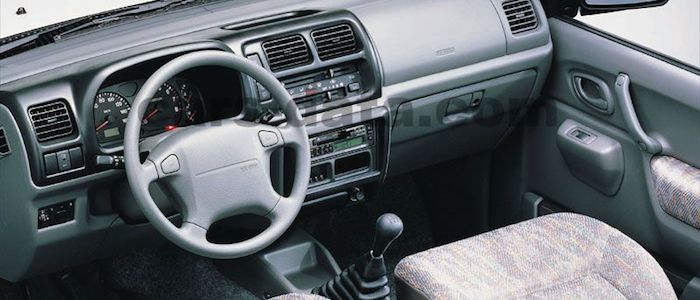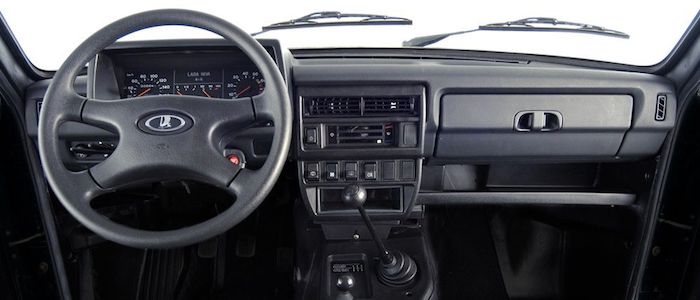Compare two cars
Compare any two cars and get our Virtual Adviser™ opinion
Marketing
Dimensons & Outlines
Engine
Performance (manual gearbox)
Performance (automatic gearbox)
Expenses
Virtual Adviser's™ opinion
Two significantly similar cars, no doubt about that. Still, each one has something different to offer. Having both cars powered by petrol engines and utilizing the 3-door suv body style within the same 'SUV' segment, the only major difference here really is their wheel drive configuration (front for the Suzuki and 4 x 4 in the case of the Lada). The first one has a Suzuki-engineered powertrain under the hood, a 4-cylinder, 16-valves 76hp unit, while the other one gets its power and torque from a 4-cylinder, 8-valves 82hp engine designed by Lada.
SafetyUnfortunatelly, neither of the two vehicles was submitted to the European New Car Assessment Programme (Euro NCAP) testing. This makes it virtually impossible for me to pick one over the other and I'm generally against buying such cars as the safety should really always come first. That aside, let's consider some other aspects which affect safety. Both vehicles belong to the suv segment, which is generally a very good thing safety-wise, but it doesn't do much to help us decide between the two. On the other hand, taking kerb weight as an important factor into account, the Russian car offers a considerable difference of 26% more metal.
ReliabilityManufacturers have been building their reliability reputation for decades now and, generally speaking, it appears that Suzuki as a brand displays somewhat better results, at least on all of the models level. These are the official statistics, while our visitors describe reliability of Suzuki with an average rating of 4.5, and models under the Lada badge with 4.3 out of 5. Independent research findings rank Jimny as average reliability-wise, and Niva is more or less at the same level.That apart, owners of different cars powered by the same engine as the Japanese car rank it on average as 5.0, while the one under the competitor's bonnet gets 4.0 out of 5.
Performance & Fuel economyLada is undoubtly more agile, reaching 100km/h in 2.2 seconds less than its competitor. Still, it lacks the power to win the top speed competition, topping at 137 kilometers per hour, 3km/h less than the other car. When it comes to fuel economy an obvious choice would be the Japanese car, averaging around 8 liters of fuel per 100 kilometers (35 mpg), in combined cycle. That's 33% difference compared to the Russian car!
Verdict
Suzuki appears just a bit more reliable, although the difference is truly marginal. The most important thing when deciding between any two vehicles should always be safety, both passive and active. In my opinion, everything taken into account, the Russian car offers significantly better overall protection, taking the lead here. It all continues in the same direction, with Lada being considerably quicker, thus putting more smile on driver's face. It does come at a cost though, and that's the fuel consumption... I believe that, when we take all into account, we have only one winner here - the Suzuki. In any case that's my personal view, built upon all the data available to me. What should decide here though is the way you feel about the two vehicles, and I hope you'll find my guidelines useful in the process. Also, you could use the oportunity to find out which car, everything taken into account, would be the perfect choice for you in the eyes of the virtual adviser™, out of 12.000+ vehicles we currently have in our database.































